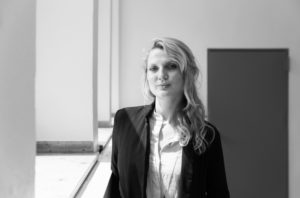
Art historian, curator and lecturer, Dr Jana J Haeckel examines image and body politics in contemporary art, specifically in the new ethics of photography in the digital age. Art practices that subvert historical narratives through archival research are also part of her work. She holds a PhD in art history and is an associate researcher at the Lieven Gevaert Research Centre For Photography. Haeckel recently published a book, Everything Passes Except the Past (Sternberg Press, 2021), the result of a two-year-long project on colonial heritage with the Goethe-Institut.